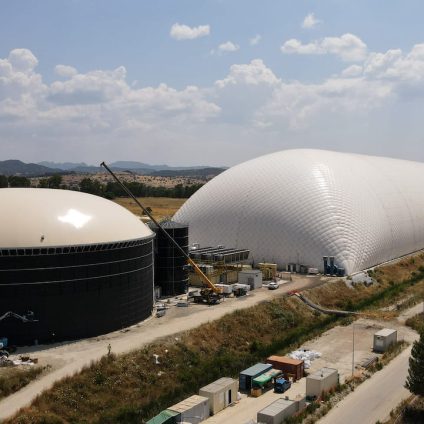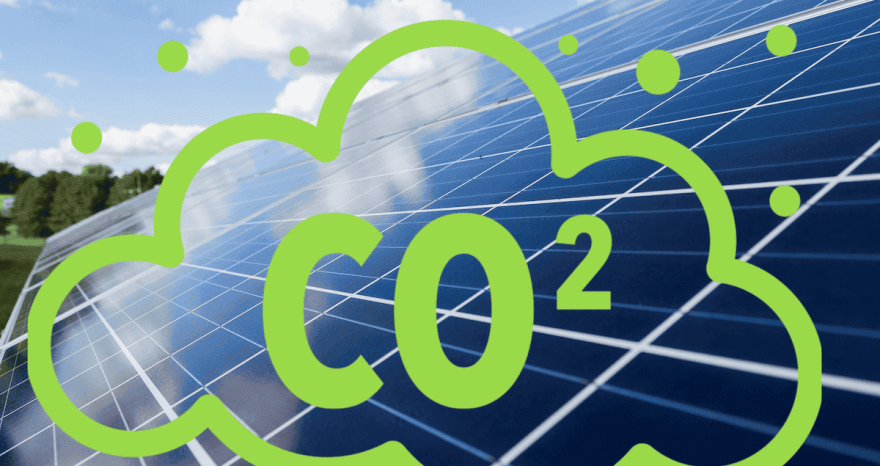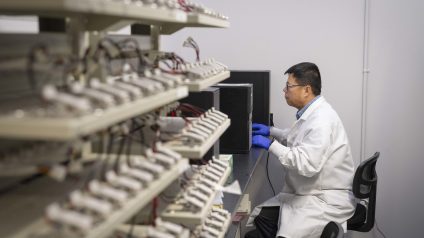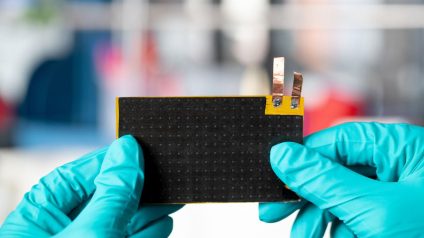Google partners with Energy Dome to scale up CO₂ battery technology for long-duration energy storage worldwide.

Google partners with Energy Dome to scale CO₂ battery technology
The Italian CO₂ battery technology has gained a high-profile supporter. Google announced a new partnership with Energy Dome to support the global deployment of long-duration energy storage (LDES) systems. This marks the tech giant’s first move into the energy storage sector, with a clear goal: accelerate the rollout of Energy Dome’s solution while reducing costs.
“We’re excited to take this first step with Energy Dome to fully unlock the potential of long-duration energy storage,” reads Google’s official blog. “Our partnership will strengthen grid resilience while helping us power our technologies, grow our economies, and keep our homes lit with clean energy 24/7.”
How the CO₂ battery works
Technically, the system operates on a principle similar to Liquid Air Energy Storage (LAES), which stores energy by cooling air to a liquid state. Energy Dome has refined this model by using only carbon dioxide. This enables high-density storage without relying on the cryogenic temperatures required by liquid air systems, promising both efficiency and cost-competitiveness.
Designed to be modular and site-independent, the system uses standard industrial components with no supply chain bottlenecks. Additionally, its mechanical components support grid stability by providing natural inertia through rotating machinery.
Energy Dome launched its first CO₂ battery in 2022 in Sardinia. The demo plant, with 2.5 MWe of power and 4 MWh of capacity, confirmed the technology’s ability to store energy efficiently over long durations without degradation or site limitations.
Since then, the company has signed multiple commercial-scale deals in Italy, the United States, and India, including a 20 MW facility in Sardinia in 2023.
Google and Energy Dome join forces
As part of the agreement, a pipeline of projects is already being developed and contracted across key global regions, including Europe, the Americas, and the Asia-Pacific. Google has also made a direct investment in Energy Dome.
“Our strategic and large-scale deployment of this technology to help Google reach 24/7 carbon-free energy is the core of this sector-first agreement,” said Claudio Spadacini, founder and CEO of Energy Dome. “We’re proving that affordable, round-the-clock, carbon-free power is possible with the right technology and the right model. We’re also proud to welcome Google as an investor, reaffirming our joint commitment to a shared vision.”
“Energy Dome’s CO₂ battery can store surplus clean energy and feed it back into the grid for 8 to 24 hours, closing the gap between generation and demand,” Google added. “Thanks to this commercial partnership and our investment, we believe these projects can unlock new clean power in the grids where we operate by 2030, supporting short-term electricity needs and moving us closer to 24/7 carbon-free energy.”
Looking ahead
In addition to its collaboration with Energy Dome, Google plans to back a growing portfolio of long-duration storage technologies currently under development. This includes both commercial agreements to accelerate market adoption of mature solutions and early-stage investments in next-generation systems.












